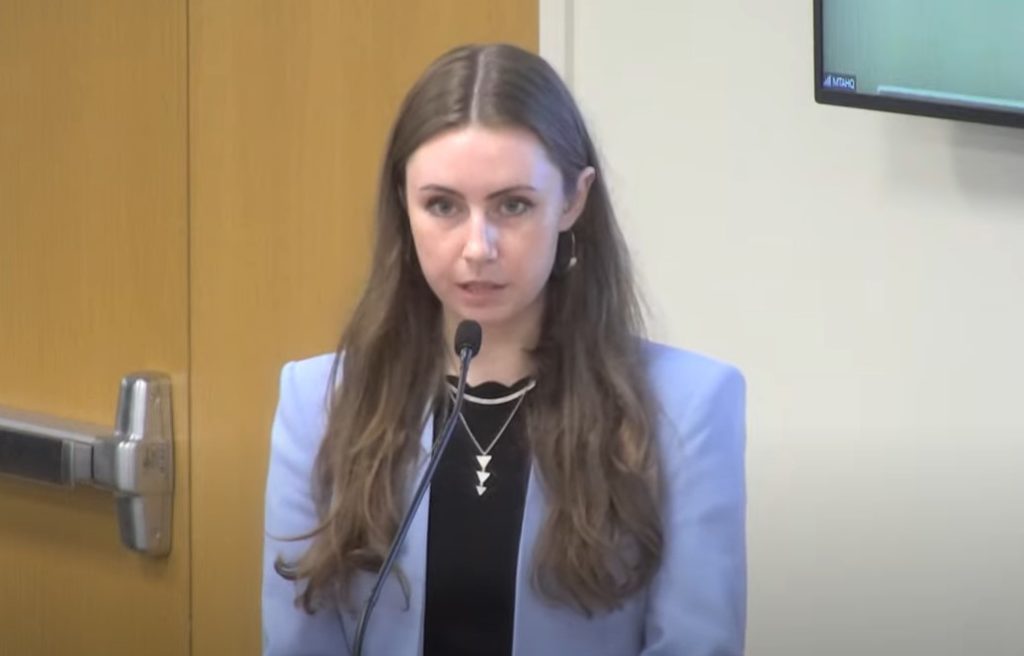Good morning! I’m Kara Gurl, Research and Communications Associate at the Permanent Citizens Advisory Committee to the MTA, PCAC.
When Hurricane Sandy hit 10 years ago, riders across the region were hit with power outages, extreme flooding, and devastation across our transit system. Sandy put resiliency on the agenda— not just for the MTA, but for all of us. A decade later, we’re encouraged by the MTA’s progress in protecting the transit system in the face of climate change and extreme weather.
We’re encouraged about the steps you’re taking to protect riders when the next storm hits. Behind-the-scenes projects like flood-proofing train yards and covering subway entrances may not be flashy, but they have the potential to keep all of us moving no matter what Mother Nature brings. Improved interagency coordination will continue to be a valuable tool to achieve this, as you’ve already proven. Transparency and open data will also be key to ensuring that elected officials, riders and advocates can hold the MTA accountable for swiftly completing these complex projects.
Transit is already doing more than its fair share of fighting the climate crisis by giving people the option to get where they need to go without driving: as Janno says, transit is the antidote to climate change. And with Congestion Pricing, accelerated electric bus purchases and facilities improvements, there’s no question that the MTA is doing its part to help meet our climate goals. But like it or not, the climate crisis is already here, and our infrastructure will bear the brunt of the storm.
Making our transit system even more resilient in the face of the next Sandy or Ida will take funding, resources, and prioritization in the next capital plan. It’s important that resiliency projects be at the top of the list of improvements, and we hope to see a forward-thinking 20-year needs assessment that puts protecting the system first. Proactively investing in resiliency will always cost less than rebuilding the system after the fact, which is why it’s so essential that Congestion Pricing move forward, to ensure these upgrades are possible. 10 years after Sandy, we’ve seen how resilient our transit system truly is. With even more investment in resiliency, future generations will be able to see it too. Thank you.
